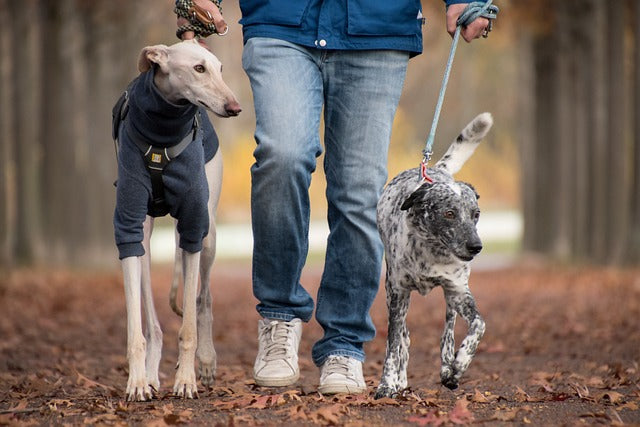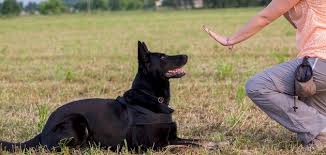Recent Post

The Importance of Regular Healthcare for Your Pets: A Comprehensive Guide for Owners

How to Choose the Perfect Dog Food: Tips for Maintaining Your Dog's Health

Top 10 Cat Toys: Our Picks for Keeping Your Cat Happy

Issue of Closed Eyes in Newborn Kittens: Causes and Treatment

How to Deal with Behavioral Issues in Your Pet

Latest Innovations in Pet Products

How to Train Dogs to Sit
How to Train Dogs to Sit
Training your dog to sit is one of the fundamental commands that every dog should learn. This training can serve as a foundation for teaching other commands and helps enhance obedience and manage the dog's behavior. Here are steps to train your dog to sit:
1. Choose a Quiet, Distraction-Free Area
- Training Location: Start in a quiet place with no distractions so that your dog can focus on the training.
2. Use Rewards
- Reward Choice: Select a reward that your dog loves, such as a small piece of food or a favorite toy. Rewards increase your dog’s motivation to learn and respond to commands.
3. Use a Verbal Cue
- Verbal Command: Begin by using a clear, consistent word like "Sit" in a calm, firm voice. Using the same word each time helps your dog associate the command with the desired action.
4. Use a Hand Signal
- Hand Gesture: Hold the reward close to your dog's nose, then slowly move your hand upward and backward toward your dog's head. Your dog will naturally follow the reward with its nose, which will make it sit as it tries to keep its head following your hand.
5. Reward Immediately
- Timing: When your dog sits, immediately say "Sit" and then give the reward right away and praise them with encouraging words. Timing is crucial; the reward should come right after the sitting to help your dog connect the action with the reward.
6. Repeat the Exercise Regularly
- Frequent Practice: Repeat the exercise several times a day but keep the sessions short to avoid boredom or exhaustion. Short, consistent training sessions are more effective than longer ones.
7. Gradually Reduce Dependence on Rewards
- Fading Rewards: Over time, as your dog gets better at sitting, start reducing the number of treats given, but continue to use verbal praise and encouragement. The goal is for your dog to respond to the command without needing a treat every time.
8. Practice in Different Locations
- Vary Environments: Once your dog has mastered sitting in a quiet area, start practicing in other locations with more distractions, such as the park or during walks. This helps your dog learn to respond to the command in various situations.
9. Continue Positive Reinforcement
- Ongoing Encouragement: Even after your dog has learned to sit well, continue to reinforce positive behavior with occasional rewards and praise.
Additional Tips
- Patience: Some dogs may take longer to learn commands. Be patient and don’t lose hope.
- Consistency: Use the same word and hand signal each time to avoid confusing your dog.
- Avoid Punishment: Steer clear of physical punishment or yelling, as this can cause fear and mistrust.
By following these steps consistently and with patience, you can effectively train your dog to sit, which will strengthen your bond and contribute to developing good obedience behaviors.
4o mini
